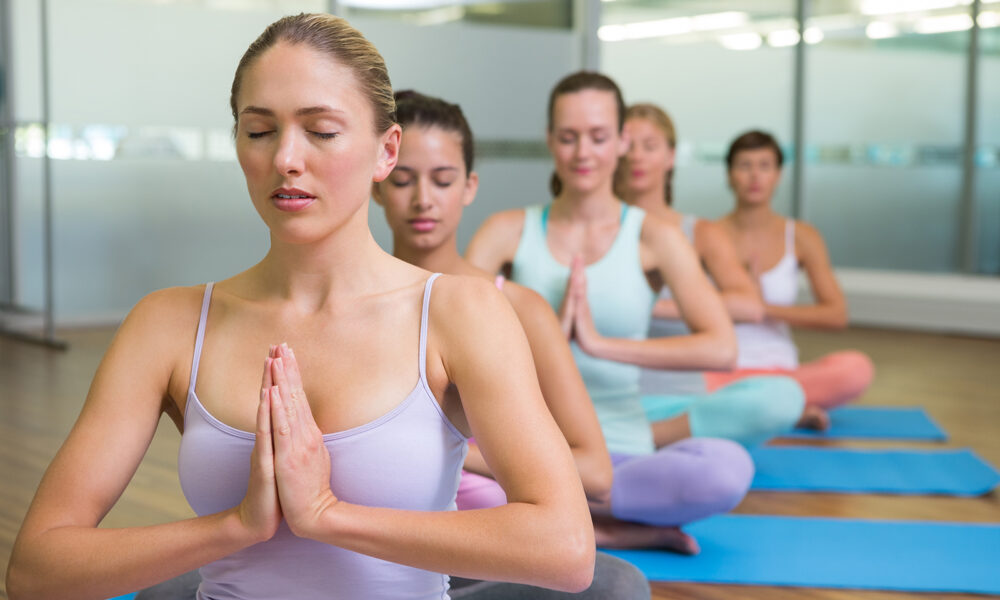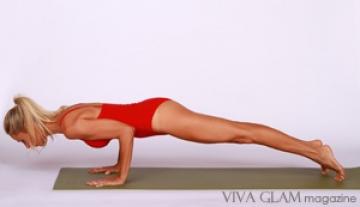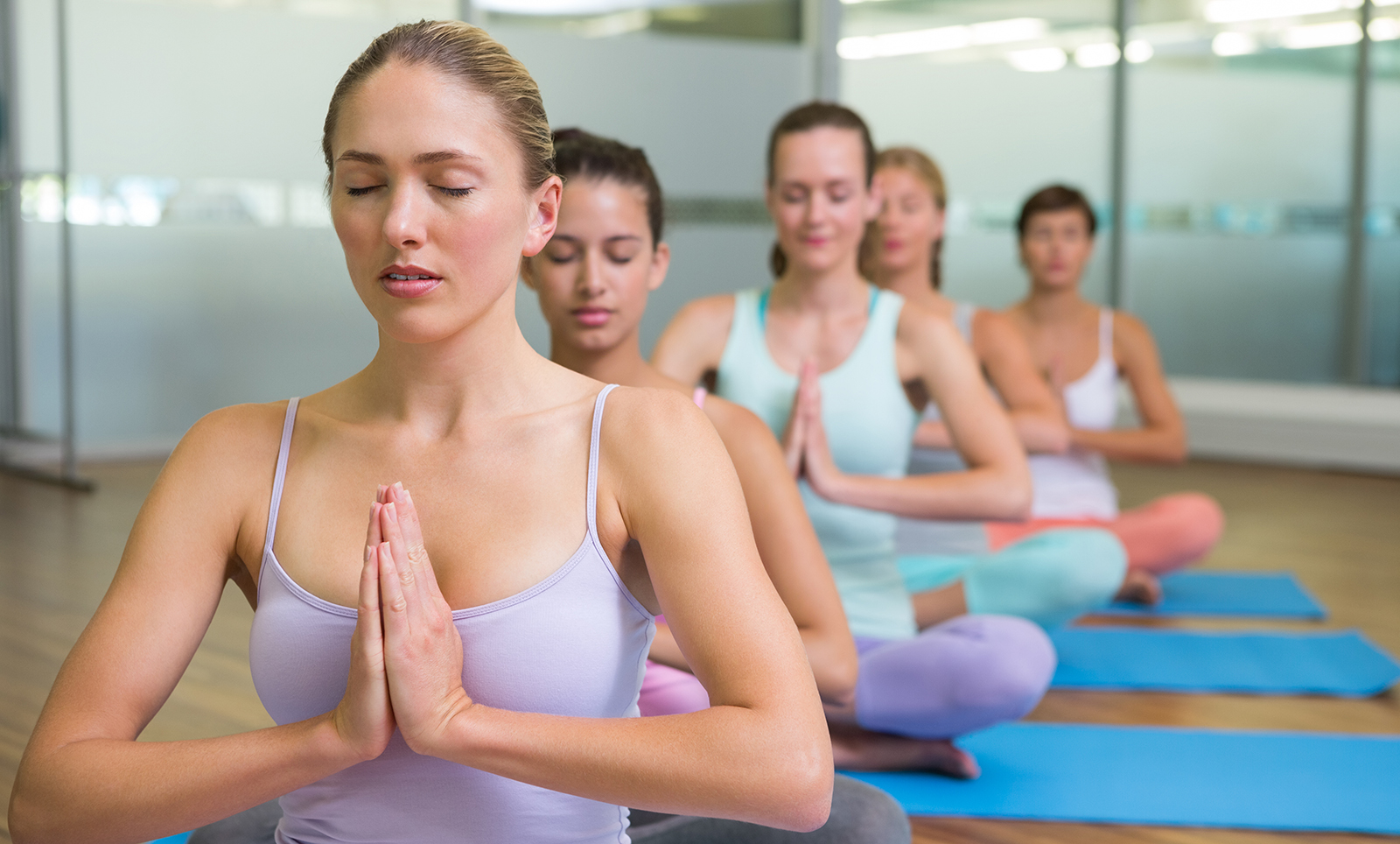

When you don’t want to go is when you need to go.
Yoga isn’t as scary as your imagination allows it to be. My favorite excuse is, “I have to stretch before I can try yoga.” Duh? That’s why you go to yoga! The biggest myth is that you can’t go to yoga if you can’t touch your toes! One of the best things about yoga besides the beneficial exercise that you get is the philosophical aspect. There is no judgment in yoga. It’s like going to church; in fact, yoga is my church. My safe haven. I am the girl that can touch her toes, but there are days that my body would feel better if I didn’t, and that’s what yoga teaches you. It teaches you to be aware of your body and to honor how you feel that day at that moment. You are not going to feel the same everyday. So, your biggest challenge isn’t getting to class but rather finding an amazing class to practice in and feel comfortable in to explore. Everything in yoga can be modified and a reputable school or teacher will not only help with that but encourage it. I believe that my yoga practice is a mirror to how I live my life.My reaction towards poses that I may find difficult or maybe finding tolerance with the stinky yogi next to me. I truly believe that the more I practice finding peace on my mat the more I seem to find peace off of it. So I ask you, what would that mean if you have yet to try yoga?
Please don’t let the fear of thinking that you have to be a certain way or type keep you from such an amazing tool for life. As I said, every pose in yoga can be modified depending on ability or how you are feeling at that given moment. Find your balance between challenging yourself and being in pain. You should not be in pain. Using these modifications and listening to your body is crucial for avoiding injury and enjoying the process. Just as in life, we are all different beings experiencing different things, so of course it too will be that way in your yoga practice. Now you just have to stop having excuses and go because when you don’t want to go means you need to go.
The Most Beneficial Poses
Chaturanga Dandasana

-
Save
You might have heard a yoga teacher say, “Be mindful of your transitions.” Transitions are what links one pose to the next pose. Vinyasa actually means the linking of body movements with breath. Be mindful of not only the poses that you are holding, but how you get to them and how you get out of them. Some transitions are easier than others. The more challenging ones can be daunting but very rewarding. One that is repeated a lot in a flow class is jumping back to Chaturanga Dandasana. This could be a very hard transition to master and most of us want to rush through it and therefore miss the benefits. Continuing to rush through it could cause bad form and bad habits. Old habits could be hard to break but worth putting in the effort to change so that you can maintain your practice for as long as you live. The right guidance and technique is also crucial to prevent injury especially in the wrists, shoulders, and back.
In the beginning stages of your yoga practice, it is recommended to step back into plank then lower down through Chaturanga. This way you can begin to develop your core and arm muscles. Taking the time to slowly lower through Chaturanga gives you the opportunity to learn the correct alignment. Over time you will increasingly get stronger and decide you are ready to jump back. The difference when you jump back, versus stepping back is that you will bypass plank and jump right into Chaturanga. This would be too jarring on your shoulders and lower back to jump into a straight arm position. With the arms bent at a 90% angle, your arms give you the shock absorption that is needed to protect your wrists and lower back.
The correct way to do this transition is to activate your core before you even jump back. Make sure your shoulders are directly over your wrists. Bend your legs and lift both feet at the same time, shooting your legs straight back. Bend your elbows so that they are in line with your shoulders and glue your inner arms to your ribs. Do not let your elbows splay to the sides and resist the rounding action of your shoulders and back to the floor. Reach your sternum forward keeping your upper arms parallel to the floor. With your legs straight lift the tops of your thighs to the ceiling and draw your tailbone down towards your heels. Keep your neck long and gaze forward in front of your fingers.
During a flow class, this transition is done on an exhale. Your next inhale is upward facing dog (Urdhva Mukha Svanasana). So, make sure you take a deep inhale before you jump back so that you can take your time through Chaturanga.
Each time you practice this transition stay conscious of the proper alignment and take your time. Giving your body the opportunity to build strength and reap the benefits of this tremendous transition.

-
Save
Share via:





















